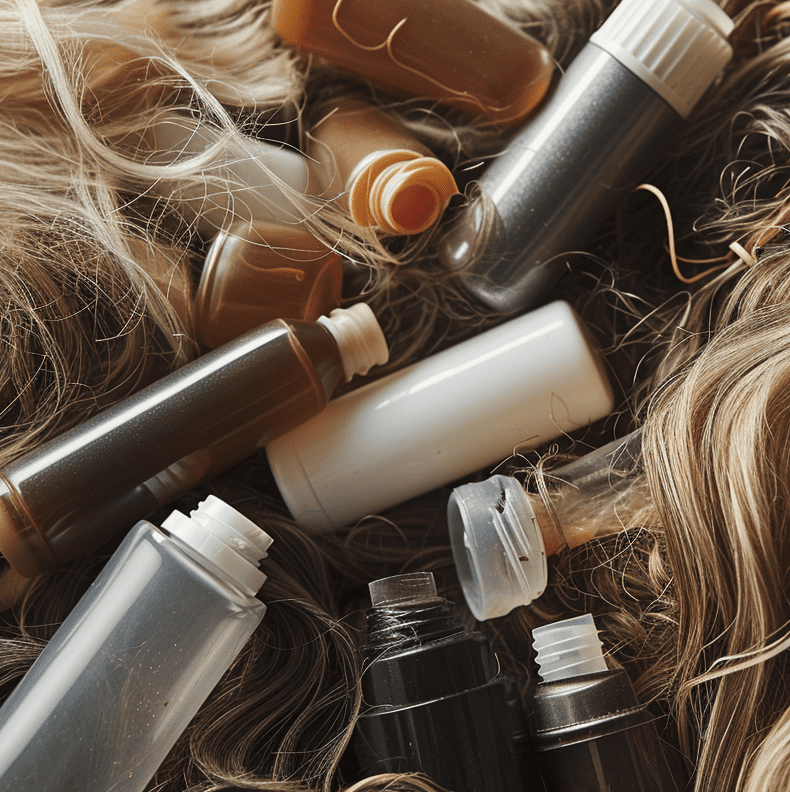In the beauty industry, where product packaging and disposable items are abundant, the question of whether recycling truly works is both complex and critical. With various companies casting doubts on recycling’s effectiveness in promoting their products, it’s essential to cut through the noise and understand the reality.
The Challenge of Beauty Product Recycling
The beauty industry is notorious for its use of diverse materials in packaging, including plastics, glass, and metals. These materials often require different recycling processes. For example, while glass is infinitely recyclable, plastics can be trickier. Not all plastics used in beauty products are recyclable, and even when they are, they may not be accepted by local recycling programs. Moreover, small items like caps and applicators often get lost in the sorting process at recycling facilities.
The Success Stories
Despite these challenges, there are successful recycling initiatives in the beauty industry. Many brands have started programs to take back used products for proper recycling. These initiatives often partner with specialized recycling companies that can handle the unique mix of materials in beauty products. For instance, some programs focus on recovering and repurposing plastics that would otherwise end up in landfills.
Recycling in the beauty industry works, but it requires a concerted effort from all stakeholders
Technology and Innovation
Advancements in technology are playing a crucial role in improving recycling rates. Innovations in sorting and processing technologies allow for more efficient separation and recycling of materials. Salons like Headlines The Salon, as highlighted in Phorest Case Studies, have used technology to significantly reduce waste, demonstrating that technological advancements can lead to more sustainable practices in the beauty industry.
Consumer Power
Consumers play a vital role in the recycling process. By choosing products with recyclable packaging and participating in take-back programs, consumers can drive demand for more sustainable packaging solutions. The Green Beauty Community emphasizes the power of informed choices in driving change towards sustainable practices.
Education and Awareness
A major barrier to effective recycling is the lack of education and awareness. Many consumers and salon professionals are unsure about what can be recycled and how. Educational initiatives by communities and brands are crucial to improve recycling rates. For instance, salons can follow guidelines provided by organizations like Green Circle Salons and GLO, which focus on sustainable salon practices, including waste management.
The Bottom Line
While recycling in the beauty industry faces significant challenges, it is far from ineffective. Success depends on collaborative efforts among brands, consumers, recycling facilities, and technological innovators. By understanding the complexities of recycling beauty products and taking proactive steps, we can make a significant impact on reducing waste and promoting sustainability in the industry.
In conclusion, recycling in the beauty industry works, but it requires a concerted effort from all stakeholders. With continuous innovation, consumer involvement, and educational efforts, the beauty industry can overcome the recycling challenges it faces and contribute to a more sustainable future.


